All cats scratch. There. It’s done. There is no breed or cat in the world that doesn’t scratch. Whether it is to protect themselves or manage their claws so that it stays sharp and ready to use, it is a crucial part of your cat that can’t be avoided.
However, cats scratching what they’re not supposed to can also be a big source of pain for a lot of cat owners. Just imagine if you just bought some nice furniture (or a nice computer chair in my case) and then discover it punctured and ripped.
There are a lot of cat breeds that are known to be more passive and relaxed and thus don’t require a lot of work training them to scratch what they’re supposed to.
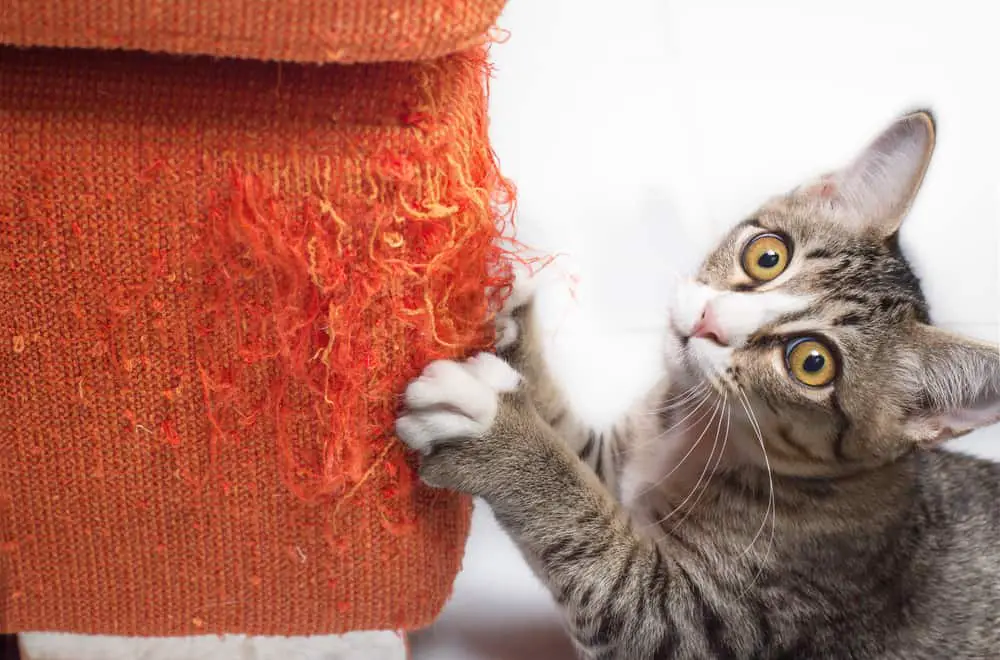
So which cat breed are the least likely to scratch furniture? These are the top 5 breeds that are the least likely to exhibit unwanted scratching behaviors:
- Scottish/Fold Straight Cats
- Persian Cats
- Ragdoll Cats
- Russian Blue Cats
- Birman Cats
Also, there are a lot of things we can do to prevent bad scratching habits, and choosing the right breed helps a lot on the quest to save our furniture and belongings.
This article is meant to be used as a reference point so it’s important to know that all cats are individuals and that they can exhibit behaviors that are different from what I described. The breeds tell us what we can expect but it’s very possible for them to act in unexpected ways as their environment also plays a large factor.
Read more about what type of environment cats love here! I also go through the things that are more resistant to cat claws and what to avoid in terms of furniture materials.
What Are the Cat Breeds That Are Less Likely to Scratch Furniture?
The benefit of choosing a certain breed is that you expect some traits from the breed. Usually, this means their appearance but this also includes behavior traits too! This means that there are cats that are less likely to scratch things around the home!
Some breeds are just better at getting a grasp of what to do than others and usually, these cats are usually more known to be relaxed and docile breeds rather than the more playful ones.
So what are some well-known cat breeds that are less likely to scratch furniture?
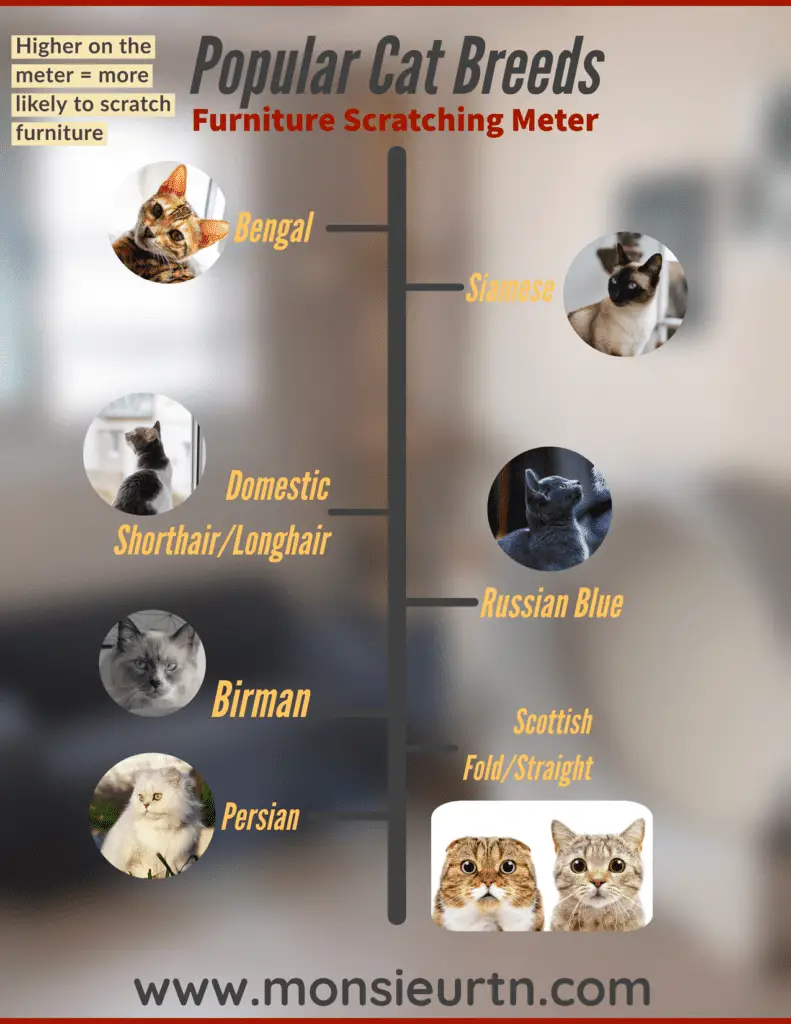
| Cat Breed | Description and People’s Experiences |
| Scottish Fold/Straight | Scottish Folds/Straights are curious cats and love to explore new things around them. This makes it easy to train them to scratch the right things (i.e. scratching posts!). This breed responds so well to positive reinforcement and snacks. It doesn’t take long for them to learn what is acceptable or unacceptable to scratch. You’ll find that once they get into the routine of things – it’s hard for them to break it! For a more in-depth review of this breed and its quirks/traits: Are Scottish Fold Cats Good For Apartments? |
| Persian | Persians are like statues and furniture themselves. They only move for a couple of things – food and maybe playtime. Otherwise, they’re more than happy just staying in one spot. This means that they’re very unlikely to exhibit any bad scratching behaviors. However, be warned that they do take daily grooming every day like any ultra longhaired breed. For additional information about living with a Persian cat, read: Are Persian Cats Good Apartment Cats? |
| Ragdoll | Ragdoll cats are known to be very relaxed and ‘floppy’ cats as their name implies. They are just bred to be very cuddly and passive cats. This results in a cat that isn’t very likely to display destructive habits. Another point to make note of is that they can become quite large. Therefore, a sturdy scratching post that won’t tip over is crucial. Ragdoll cats are also amazing in apartments too! |
| Russian Blue | Russian Blue cats are wonderful at respecting your things and furniture. They are quick to train and strike a good balance of being independent/relaxed and playful. They are quite muscular and large cats so be sure to have both tall scratching posts and more angled ones on the ground as they seem to enjoy ground scratching as well. For an in-depth review of Russian Blue Cats in apartments, read it here! |
| Birman | Birman cats are like the long-haired docile cousin of Siamese cats (in terms of appearance). They are very curious and love getting into things and small spaces. As long as a good scratching post is around (read here about the scratching post that I am using for over a year and is still being used today!) – very rarely do they scratch other things. |
What’s the right cat breed for your lifestyle? Cat Breed Personalities: Which Breed Is Right For You?
Breeds to Avoid (More Likely To Develop Bad Scratching Habits)
From my years of helping people with their cats and owning cats myself, I have discovered that domestic shorthairs/longhairs (tabbies, calicos, strays) are really unpredictable – even with training and consistent positive reinforcement, they can sometimes scratch the wrong things.
I’ve also observed some domestic cats that are sent by the heavens themselves and can do no wrong. However, there were more of the former than the latter.
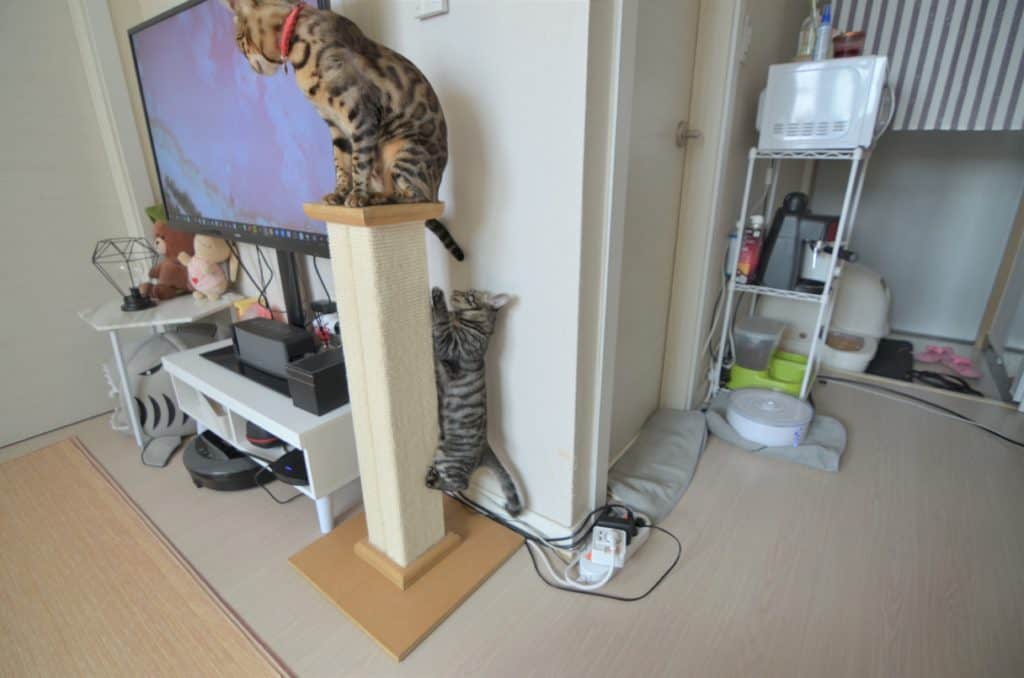
Of course, ultra-high-energy breeds like the Bengal cat will require a lot of preparation and guidance – so they’re probably not the breed to go for if you want your companion feline to be calm and respectable.
The Siamese cat is also quite an interesting breed – very talkative and very involved in everything. They like to test things around them physically similar to the Bengal and thus make them a little more claw-happy.
Cat Age: How it Affects Scratching Behaviors
I remember when I first bought my computer chair during the first weeks that I had my kitten. I foolishly thought that he was fine but as a kitten – cats had so much energy that they just scratched everything.
So if you are thinking about getting a kitten – I would recommend avoiding having any furniture or valuables that you don’t want to be scratched around the kitten. The reason for this is that you don’t want them to start on a certain material and develop a preference for scratching this material.
Preparation and precautions before the kitten arrives are some of the best ways to prevent bad scratching habits.
Sometimes adopting an older cat is the way to go. Older cats are usually set in their ways and very predictable. If you want to know what that cat is like, all you have to do is ask.
What kinds of things do they prefer to scratch? How energetic and playful are they? Do they have a history of any destructive habits? These are all known things as they have been observed by other people before.
Why Do Cats Scratch?
It has to do with instinctual needs and what they are built for. At the end of the day, cats are predators – they need to kill stuff to eat in the wild. Therefore, they need to keep their claws sharp and the way to keep them sharp is to do scratch things.
Cats are also prey to larger animals. So they also need the claws to protect themselves from harm. So it’s understandable that they want to use their claws often.
Of course, they don’t know that being indoor cats they are not subject to these factors. However, it’s up to us to guide them in the correct ways to behave that benefit them and us.
Other Solutions To Cat Scratching
In summary, the best solutions are to choose a cat breed that fits what you want (in this case, less scratching), provide them with a varied amount of scratching tools (scratching post, and horizontal/angled scratchers), and keep the things you don’t want to be scratched out of the way.
Below are more solutions to scratching – their effectiveness varies from cat to cat but they are the least natural solutions for your cat. So I would advise caution and research.
Declawing Cats
Declawing your cat seems to be the most controversial in terms of cat ownership. While I won’t speak about the procedure is done, nor will I force you to believe in one side or the other. Just know that it is one alternative that some people have used to some effectiveness.
For me, I just believe that as much as possible – I want my cats to be as natural as they were if they were living in the wild except without the dangers associated with being an outdoor cat. Therefore, my cats having claws are aligned with that belief.
Cat Nail Silicone Caps
These are silicone plastic colorful caps/coverings that are glued over your cat’s claws. It doesn’t harm them in any way and it lasts for a few weeks before they fall off and you have to repeat the process again.
I’ve used cat nail caps myself and while they are quite effective at what they do – for me, they’re quite a hassle to manage and put on all 4 of my cats every few weeks.
So for multi-cat homes and apartments, nail and claw caps are too much work but for single cat homes – they can be a very good tool in the fight to preserve your furniture if you need it. It’s also very inexpensive and simple to use.
Recommended Supplies
-
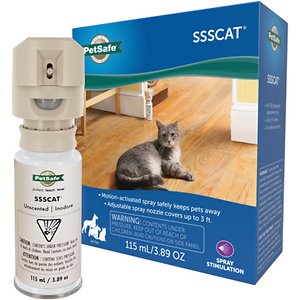 Check Price!
Check Price!The PetSafe SSSCAT Deterrent Cat Spray easily protects indoor areas and objects from your pets. This unique spray uses motion-activated infrared to monitor movement up to 3 feet away. When the SSSCAT detects your pet entering an off-limit area, it emits a harmless, odorless, and stainless spray to deter your pet from continuing.
We earn a commission if you click this link and make a purchase at no additional cost to you.
-
 Check Price!
Check Price!When push comes to shove, this can be a good tool to our teach cats what areas are unacceptable to be on. This is for people that don't want certain furniture to be scratched up and for stubborn cats that are set in their ways scratching up a certain type of furniture or material.
We earn a commission if you click this link and make a purchase at no additional cost to you.
-
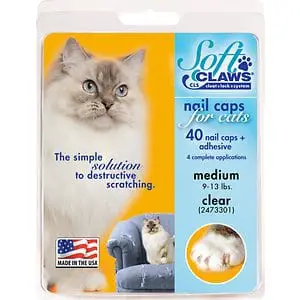 Check Price!
Check Price!Save your floors and furniture with Soft Claws Cat Nail Caps. A safe and pain-free alternative to declawing, Soft Claws works by simply capping your cat’s claws with a vinyl cover. It applies easily with a safe and non-toxic adhesive, and will not interfere with the normal extension and retraction of their nails—which means even the fussiest kitty won’t mind wearing them. So your cat can go about his routine of pawing and playing, and you don’t have to worry about unwanted scratches. Easy to apply and long-lasting, it’s made right here in the USA.
We earn a commission if you click this link and make a purchase at no additional cost to you.
-
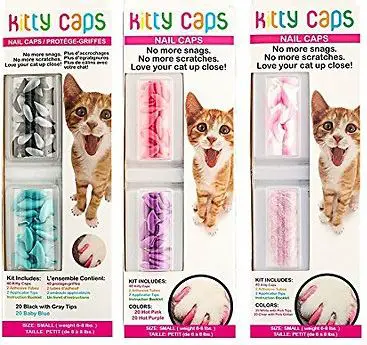 Check Price!
Check Price!Nail caps provide a safe alternative to declawing to stop all snags and scratches. Covers the nail completely while allowing normal extension and retraction of claws. Applied with included adhesive and will shed as your cat’s nails grow; generally in 4 - 8 weeks. Easy to apply and vinyl resin material is totally safe for cats. Choose from a variety of fun colors!
We earn a commission if you click this link and make a purchase at no additional cost to you.
-
 $12.99Check Price!
$12.99Check Price!These sticks have a similar effect to catnip for cats. Have these sticks around for your cats to bite and chew so that they don't chew other stuff around in your apartment or home (cables, electronic components, etc.). It also acts as a great teeth cleaner too!
We earn a commission if you click this link and make a purchase at no additional cost to you.
07/02/2025 02:00 am GMT -
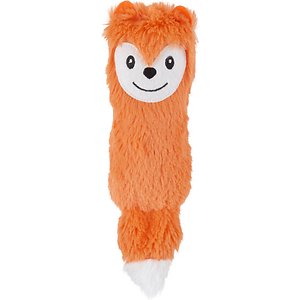 Check Price (US) Check Price (CA)
Check Price (US) Check Price (CA)This is another great tool for misdirection for when your cat is overstimulated and prone to biting. The furry tail adds motion to stimulate your kitty’s hunting instincts, so toss it to give him the thrill of the chase. It’s also spiked with Canadian catnip for even more exciting play
We earn a commission if you click this link and make a purchase at no additional cost to you.

Hello from Zürich, Switzerland! We moved from NY / from California decades before….
Both my husband and I did have sibling cats, BUT I never really “raise” a kitten for my own family now that we are getting a 14 weeks old Turkish Angora this August.
Your videos are very helpful in explaining things and finding solutions such as baking soda (stuff are much more expensive here too!)
Looking forward to seeing more videos?!
All the best to you and your fur-babies.
Claire & Co.
You must be so excited! Thanks so much for enjoying my content. I worked on this project for a long time so I’m glad it’s been useful for some people!